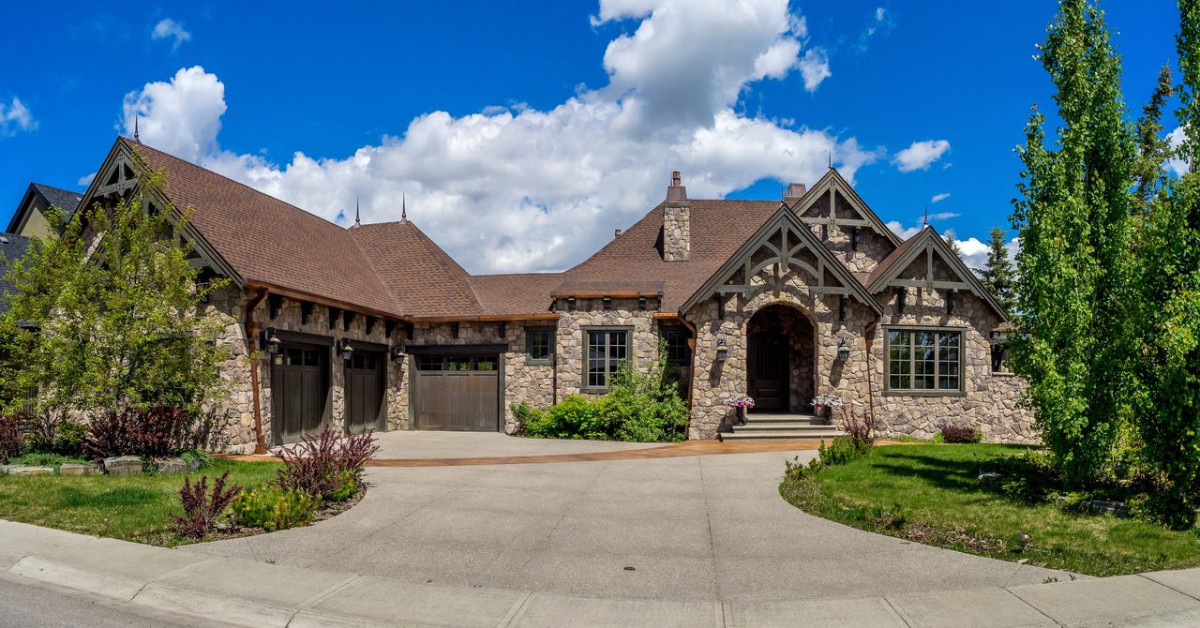Victor Ricciardi, professor of finance at Goucher College in Baltimore, Maryland, and co-editor of the books Investor Behavior and Financial Behavior said it best when he said, “If we spend more on a bottle of wine, we see it as a less risky “investment” because we associate higher prices with higher quality.” The enjoyment of pricier products and services also comes down to a buyer’s perception of risk.
When a family is looking for a residential assisted living home, they too are looking to reduce risk. Some families believe their risk is monetary, so spending less money is better, while others see the risk as making sure mom is receiving the best care for their investment.
Risk can also be the risk of their social standing. Some families choose expensive large assisted living communities so they can tell their friends that their mother is staying at the high-end place on the east side of town.
Spending decades and unparalleled hours with families touring over 10,000 times as a referral and placement agent, I consider myself one of the nation’s experts on how and what families look for while searching for care.
A lot goes into the decision for a homeowner of what to charge for a bed without even considering the psychological make-up of the buyer or family. I am going to discuss this “touchy subject” and expect it will start some debate. Some Residential Assisted Living Homeowners will immediately and completely disagree with me. Some will publically disagree, but privately know I’m speaking the truth, while some will probably not only agree with me but will comment below.
First and foremost, I want to make it clear, I’m not a proponent of raising fees just to raise them. There must be a true perceived value associated with higher fees and I am the first person to say that the majority of Residential Assisted Living Homes don’t charge enough to provide a truly safe environment for their residents. So, what should residential care homes charge for their services?
I have always believed that the majority of homeowners don’t charge enough for their services. I know many residential assisted living homeowners wish they could charge more but simply don’t. Why is this? Is it fear? Are they afraid their beds will go empty if they charged more than the residential care home down the street? Are they afraid families wouldn’t choose their home because they’re too expensive? I’m not saying these potential fears aren’t valid, and I certainly wouldn’t belittle any homeowner who felt or still feels that way, but at some point, reality has to set in for their business to survive.
What Happens In An Underfunded Home?
It’s usually very easy for families to notice an underfunded home. There’s always a balancing act between giving good care and being profitable. But can you have both of them at the same time? Resident care suffers when fees aren’t high enough to make a home a decent profit. Corners get cut and the “deal” the family thought they were getting turns into an “ordeal” rather than a “good deal.” An underfunded home can be easily identified by families when noticing the homeowner is working 10 or 12 hour shifts per day. Twenty years ago families would mention to me they liked the idea of the homeowner being at the home for some many hours. Today’s families are very different. They see a homeowner working 50+ hours in the home as concerning. They wonder if caregiver burnout could occur and jeopardize their loved one’s care. Families are much more knowledgeable about such matters these days.
Food is another issue of concern in an underfunded home. Seniors need good nutrition and an underfunded home could have a low food budget. Have you ever wondered why so many large communities fall over themselves talking about their dining service? It’s because it matters to families.
How Much Does An Empty Bed Cost?
What is the real cost of an empty bed? Some would say it’s very costly which is why so many of them will let an empty bed go for $3,000. However, if they usually charge $5,500 per month per bed and that resident lives 2 years, they actually lost potentially $60,000. Some would see it as they haven’t lost money since $3,000 per month is better than nothing. I can see both points, but it’s a matter of short-term loss versus long-term gain. There are other factors also. Families talk to each other nowadays and compare prices. On another note, you can ask anyone who ever sold a residential assisted living home, potential buyers heavily consider the fees current residents are paying before they make an offer.
Why Aren’t Homes Charging What They Need and Deserve?
First, too many homeowners may not know exactly what they should charge. To those homeowners, I have a suggestion and a tool for them to use. The first step a homeowner needs to do is determine what is an acceptable monthly profit with a full home.
For example, at the end of the month, a homeowner may want to have $10,000 to $15,000 per month profit on a full home. The next step is to use a simple tool found on RALPC.com. Once on the website, a homeowner can input their rent/mortgage/debt service per month, as well as other home and operating expenses such as food, utilities, etc. From there they can adjust the rent per bed lever on the righthand side to see how much they need to charge per bed to meet their profit goals.
Even with this knowledge, many homeowners will still undercharge for their services. When asked, many homeowners claim their biggest problem is other homes undercutting their fees. I say, if this is happening to you, do the smart thing and help fill that home up. If the cheap home down the street is full, they can’t undercut you next time. This is a great opportunity to send a potential headache or liability to your competition.
Could It Be All About Branding, Pricing and Social Standing?
People associate higher quality at a higher price. Do most people perceive Ferrari being a higher quality car compared to a Ford? Conversely, families may also attribute poor quality to a service with an exceptionally low price. This is the Neiman Marcus versus Kmart argument. Most families looking for assisted living will state they’re on a budget they must stick to. I have seen a majority of them pay 10% to 25% more if they found a home with perceived value. Families attribute a set “value” to a service they are considering purchasing. Branding also plays into it. We all love paying for value, even if it costs a little more.
For example, how much more will a family pay to move into a recognized brand name community such as Brookdale, Sunrise, or Atria than a perceived “mom and pop” unknown residential care home?
When walking into the unknown, most families would expect to pay more for a recognized national brand to reduce consumer risk. I know many residents move from large communities to residential care homes due to unhappiness with care, but remember, the family chose the “big box” over the small home first.
Social Standing may also fit into their decision. Most people prefer to fit in with their peers. Does the large provider across the street from the country club really provide better care than the residential care home down the street? For many who can afford assisted living, social standing can matter.
Charging What The Market Will Bear
Charging what the market will bear is an easy solution when someone doesn’t understand the problem. The problem here isn’t what the market will bear, but what the homeowner will charge. The market will pay for a perceived value and either a home has it or it doesn’t. Beds don’t get just filled because a home is charging the lowest price.
Beds get filled because families are willing to pay for something they believe is worth it. Having the most beautiful home in the area doesn’t justify the highest rates either. Families aren’t that superficial.
The goal is for the homeowner to provide excellent care, provide perceived and received value while making a maximum profit. That equation is the only way everyone wins, the family, the resident and the homeowner.
For many, this is a new way of thinking. One that begins with trust. It begins with trusting and having faith that families will see a perceived value in your home. It also includes trusting and having faith in yourself to truly charge what you need to run a safe home while creating a living legacy for yourself and your family.
Majestic Residences is helping homeowners like you do exactly that. You’ve spent 10 minutes investing in your time to read this post, why not invest 30 more minutes in an introductory webinar to find out how we can partner with you to keep your home filled, give great care and increase your profitability. Take the first step and REGISTER HERE NOW.





